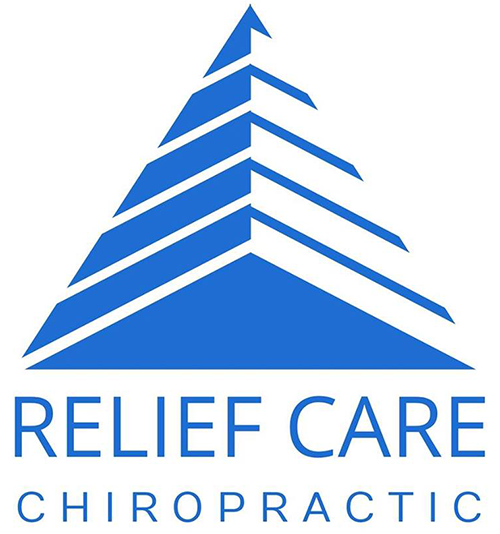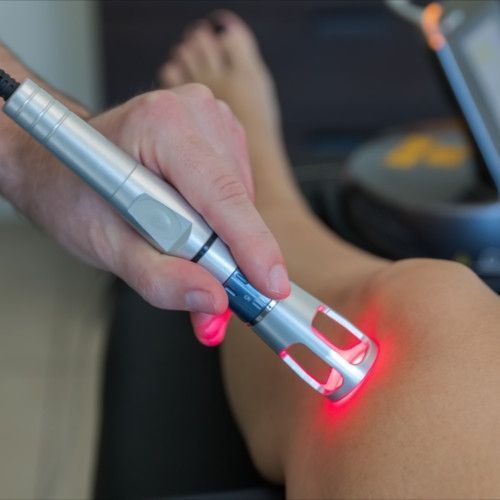Chiropractic Sports Rehab & Physical Therapy Journal Blog
Introduction
Ultrasound therapy is a non-invasive medical treatment that utilizes high-frequency sound waves to alleviate pain and improve mobility. It has gained popularity in recent years as an effective modality for managing various musculoskeletal conditions and soft tissue injuries. This article delves into the intricacies of ultrasound therapy, exploring its mechanism of action, benefits, applications, and safety considerations.
Understanding Pain and Mobility Issues
Chronic pain and limited mobility can significantly impact an individual’s quality of life. Conditions such as arthritis, tendonitis, and muscle strains can cause persistent discomfort and restrict movement, making daily activities challenging. These issues not only affect physical well-being but also have psychological and emotional repercussions.
How Ultrasound Therapy Works
Ultrasound therapy works by delivering high-frequency sound waves deep into the targeted tissues. These sound waves create a gentle heat that enhances blood circulation, reduces inflammation, and promotes tissue healing. Unlike surgical interventions or pharmaceuticals, ultrasound therapy is non-invasive and does not involve any incisions or medications.
Conditions Treated with Ultrasound Therapy
Ultrasound therapy is commonly used to treat a wide range of musculoskeletal conditions and soft tissue injuries. It is particularly effective in managing conditions such as tendonitis, bursitis, and sprains. Additionally, ultrasound therapy is beneficial for alleviating pain associated with chronic conditions like fibromyalgia and osteoarthritis.
Benefits of Ultrasound Therapy
One of the primary benefits of ultrasound therapy is its ability to provide targeted pain relief. By penetrating deep into the affected tissues, ultrasound waves help alleviate discomfort and improve mobility. Furthermore, ultrasound therapy can accelerate the healing process by promoting the regeneration of damaged tissues and reducing scar tissue formation.
The Process of Ultrasound Therapy
During an ultrasound therapy session, a transducer is applied to the skin surface along with a conductive gel to ensure optimal transmission of sound waves. The therapist then moves the transducer in a circular motion over the affected area, gradually increasing the intensity of the ultrasound waves. Patients typically experience a gentle warming sensation during the treatment, which is both soothing and therapeutic.
Effectiveness and Safety
Numerous studies have demonstrated the effectiveness of ultrasound therapy in reducing pain and improving function in patients with various musculoskeletal conditions. Furthermore, ultrasound therapy is considered safe when administered by trained professionals, with minimal risk of adverse effects. However, certain precautions should be observed, such as avoiding direct contact with sensitive areas like the eyes and reproductive organs.
Comparing Ultrasound Therapy with Other Modalities
Ultrasound therapy offers several advantages over traditional modalities such as heat and cold therapy. Unlike heat packs or ice packs, which only provide surface-level relief, ultrasound waves penetrate deep into the tissues, targeting the source of the pain. Additionally, ultrasound therapy can be used in conjunction with other treatments such as physical therapy and medication, enhancing overall therapeutic outcomes.
Professional Guidance and Home Devices
While ultrasound therapy can be administered in clinical settings by trained healthcare professionals, there are also portable ultrasound devices available for home use. However, it is essential to seek guidance from a qualified healthcare provider before using these devices, as improper use may lead to ineffective results or potential harm.
Cost and Accessibility
The cost of ultrasound therapy varies depending on factors such as the healthcare provider, location, and insurance coverage. While some individuals may have access to ultrasound therapy through their healthcare plans, others may find it more affordable to invest in home ultrasound devices. Additionally, ultrasound therapy is widely available in clinics, hospitals, and rehabilitation centers, making it accessible to a diverse range of patients.
Patient Experiences and Testimonials
Many individuals have reported significant improvements in their symptoms following ultrasound therapy. From athletes recovering from sports injuries to seniors managing chronic pain, ultrasound therapy has helped numerous patients regain their mobility and quality of life. Real-life testimonials highlight the effectiveness of ultrasound therapy as a valuable treatment option for pain management and rehabilitation.
Combination Therapies
In some cases, healthcare providers may recommend combining ultrasound therapy with other modalities to enhance treatment outcomes. For example, ultrasound therapy can be complemented with manual therapy techniques such as massage or chiropractic adjustments for comprehensive pain relief and functional improvement. By tailoring treatment plans to individual needs, healthcare professionals can optimize therapeutic outcomes and promote long-term wellness.
Future Developments in Ultrasound Therapy
Advancements in technology continue to drive innovation in the field of ultrasound therapy. Researchers are exploring new applications for ultrasound waves, including targeted drug delivery and tissue regeneration. Furthermore, improvements in device design and treatment protocols are enhancing the efficacy and accessibility of ultrasound therapy, paving the way for its broader adoption in healthcare settings.
Addressing Common Concerns and Misconceptions
Despite its proven effectiveness and safety profile, ultrasound therapy may be subject to misconceptions and concerns among patients. Common myths, such as the belief that ultrasound waves are harmful or that therapy is only suitable for acute injuries, can deter individuals from seeking treatment. It is essential to educate patients about the benefits and limitations of ultrasound therapy, dispelling any misconceptions and instilling confidence in its efficacy as a therapeutic modality.
Conclusion
Ultrasound therapy offers sound solutions for pain and mobility issues, providing targeted relief and promoting tissue healing. With its non-invasive nature, minimal side effects, and versatility, ultrasound therapy is a valuable tool in the management of musculoskeletal conditions and soft tissue injuries. By incorporating ultrasound therapy into comprehensive treatment plans, healthcare providers can empower patients to reclaim their mobility and improve their quality of life.
FAQs
Is ultrasound therapy painful?
Ultrasound therapy is generally painless, with most patients experiencing a gentle warming sensation during treatment.
How many sessions of ultrasound therapy are typically required?
The number of sessions may vary depending on the severity of the condition and individual response to treatment. Your healthcare provider will customize a treatment plan based on your specific needs.
Can ultrasound therapy be used for chronic pain management?
Yes, ultrasound therapy can be effective for managing chronic pain conditions such as osteoarthritis and fibromyalgia.
Are there any side effects associated with ultrasound therapy?
While ultrasound therapy is considered safe, some individuals may experience mild side effects such as redness or warmth at the treatment site. These effects typically resolve quickly and are transient.
Is ultrasound therapy suitable for everyone?
Ultrasound therapy is generally safe for most individuals. However, certain contraindications may apply, such as pregnancy, cancerous tumors, or infections at the treatment site. It is essential to consult with a healthcare professional before undergoing ultrasound therapy.



Contact Information
Phone: (989) 832-2349
Address: 2525 Washington St STE 500 Midland, MI 48642
Business Hours
- Mon, Tue, Thu, Fri
- - -
- Wednesday
- - -
- Sat - Sun
- Closed







